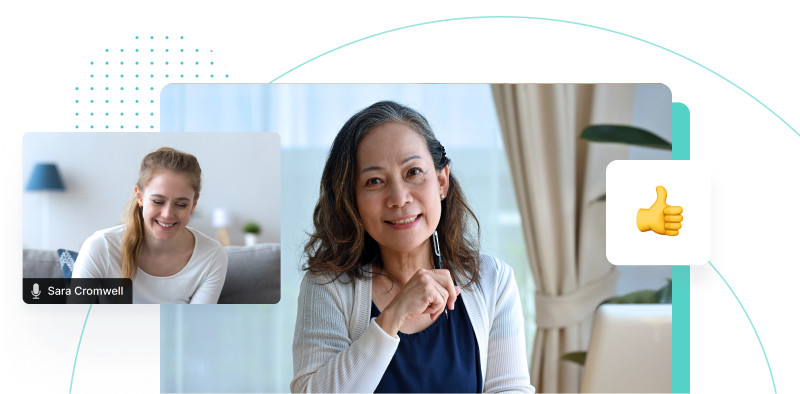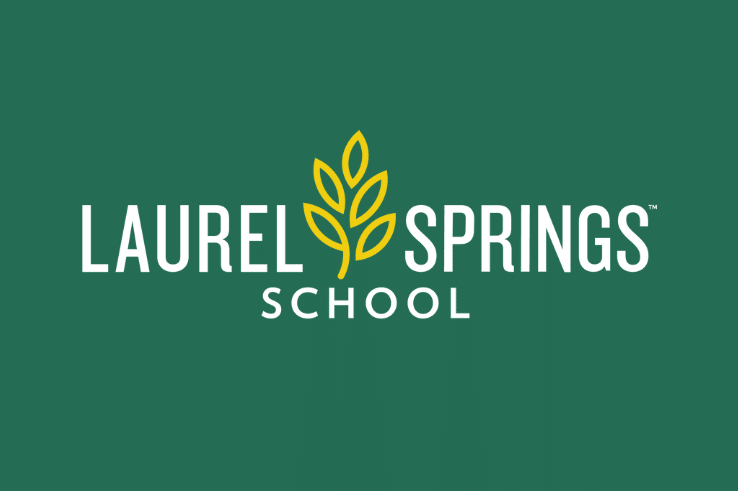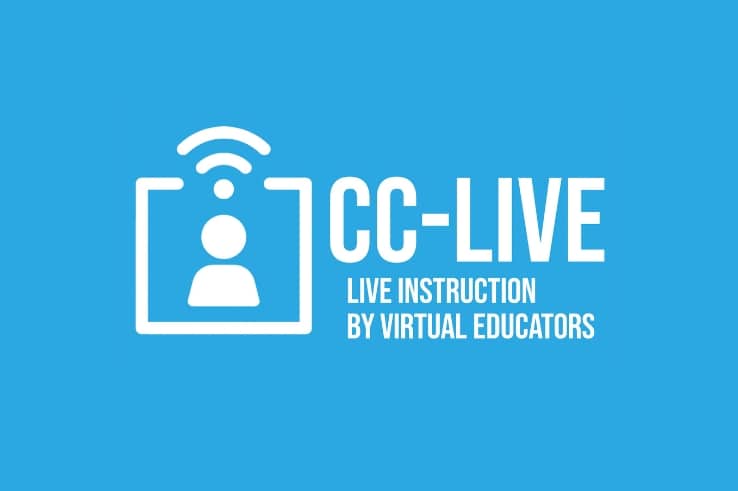The ChallengeTaking online learning to the next level
Like other schools, the COVID-19 pandemic helped George Mason University rapidly launch virtual options for students at scale. But today, while administrators, support staff, faculty, and students have adapted to new online environments, simple adoption is not enough. GMU’s leadership team wanted to shift the focus away from deployment and toward improvement.
GMU knows that improving online learning beyond typical video conferencing screens is necessary for the future. “There’s more breathing room today,” begins Jim McLean, Senior Instructional Technologist and Adjunct Faculty at GMU. “Online tools have evolved, and our approach has been to focus on the expertise the community has gathered [amid the pandemic]. Leveraging that expertise is our next step forward.” By leveraging insights of its community—including students, instructors, designers, and administrators—the university seeks to offer “online learning [that] is completely on par with an in-person learning experience that adds advantages that on-ground doesn’t have,” explains Kim Redelsheimer, Adjunct Faculty at GMU. So the team began to research the tools and solutions on the market to find the right partner.
The SolutionFinding a tool to make online feel like on-ground

Image provided by George Mason University
Improving online learning beyond web conferencing screens requires the right technology. So, GMU found Class to revolutionize their online learning offerings. Among other things, GMU uses Class to give professors a greater ability to bring their skills, knowledge, and experience into a more personalized learning experience online.
“The lines between synchronous and asynchronous have really blurred,” shares Jim. “At Mason, we don’t really like to be rigid about the tool sets that we allow faculty to use in their courses. We know their teaching approaches and objectives are always different, so my approach is always to help the faculty find the easiest and the most effective tools to help them reach those goals.”
As Kim says, “Class isn’t just a video conferencing tool; it’s a classroom tool.” Instructors can choose different sharing options to diversify and personalize their instructional delivery. These include 1-1 chats, monitored breakout rooms, whiteboard interactions, and integrated web browsers into their virtual classroom home screen. These features give students more opportunities to work collaboratively and all in one place. Class helps centralize interactions between students, instructors, tools, and media, which keeps learning online impactful and engaging.

 Better visibility with breakout rooms
Better visibility with breakout rooms
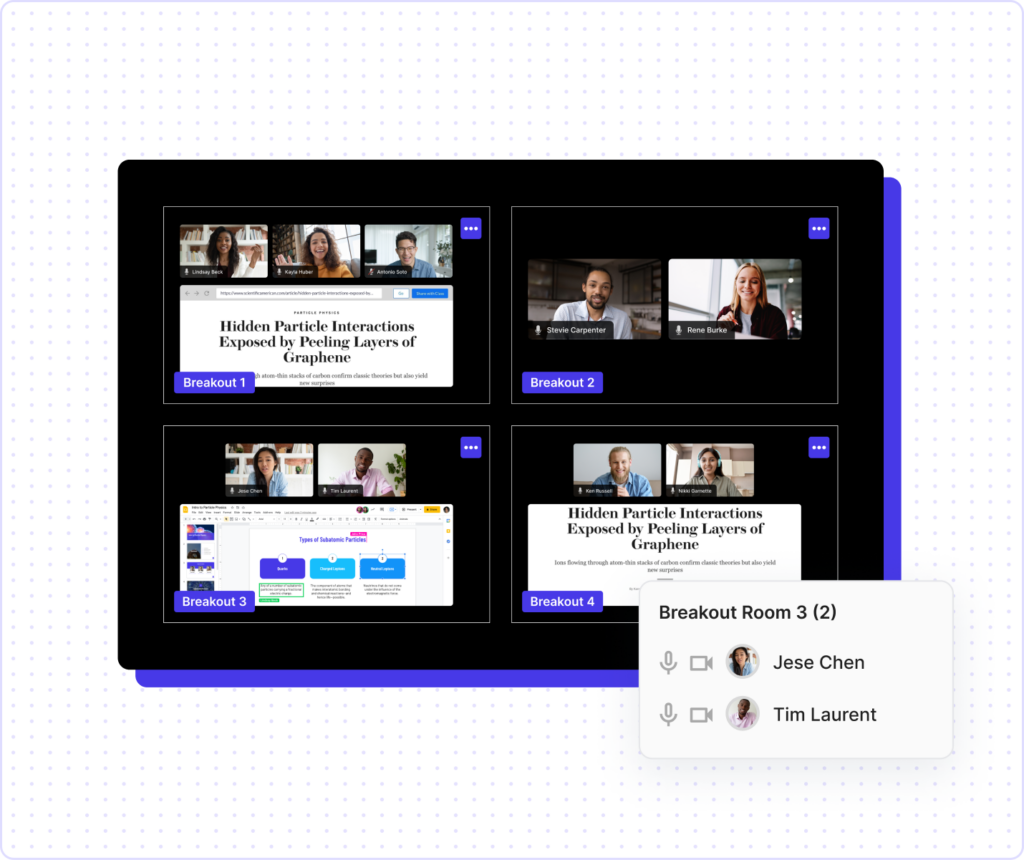
“The breakout rooms are a great feature. I can see which students are talking, what they’re doing, what they’re sharing on their screens, if they are focused on the assignment. And it lets me know which breakout rooms I might need to pop into,” shares Kim.
 Sorting tools to increase participation
Sorting tools to increase participation
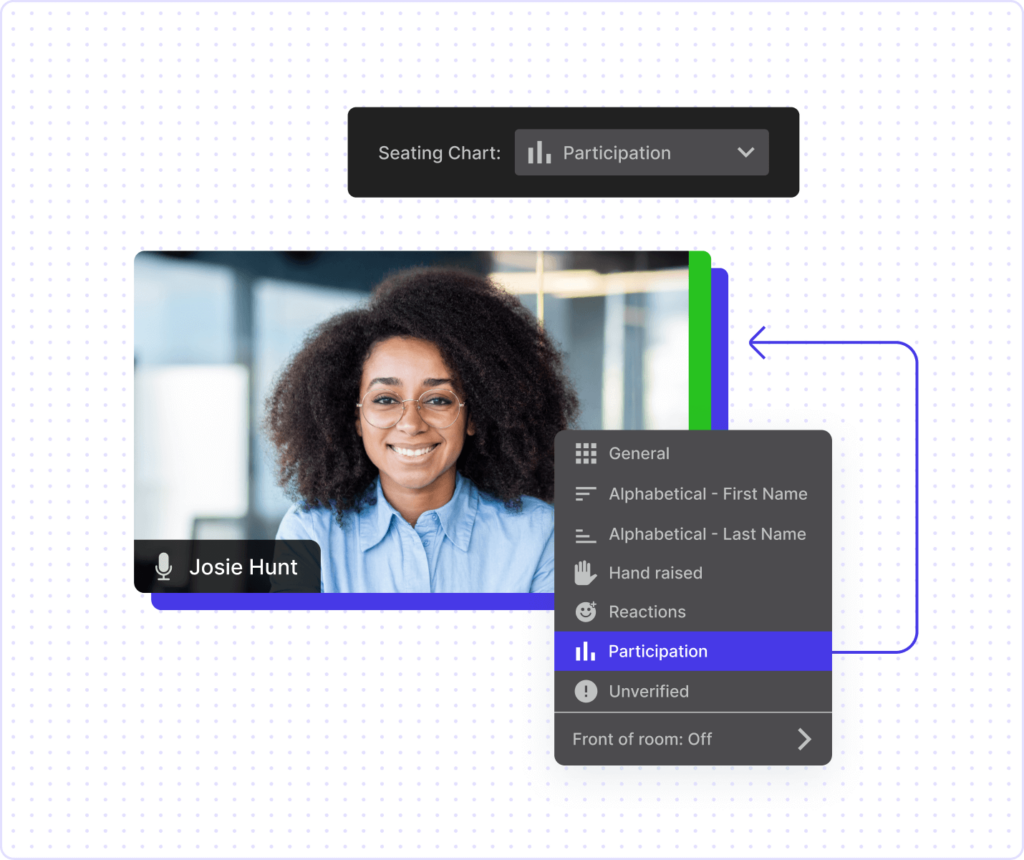
“You can sort your students based on participation, so all your top participants’ videos will show up in the top view. Conversely, you can switch it and show who’s not participating as much, and you can start calling on those people, and you have all these different options of how you can sort them based on activity participation,” says Jim.
 Powerful LMS integrations
Powerful LMS integrations
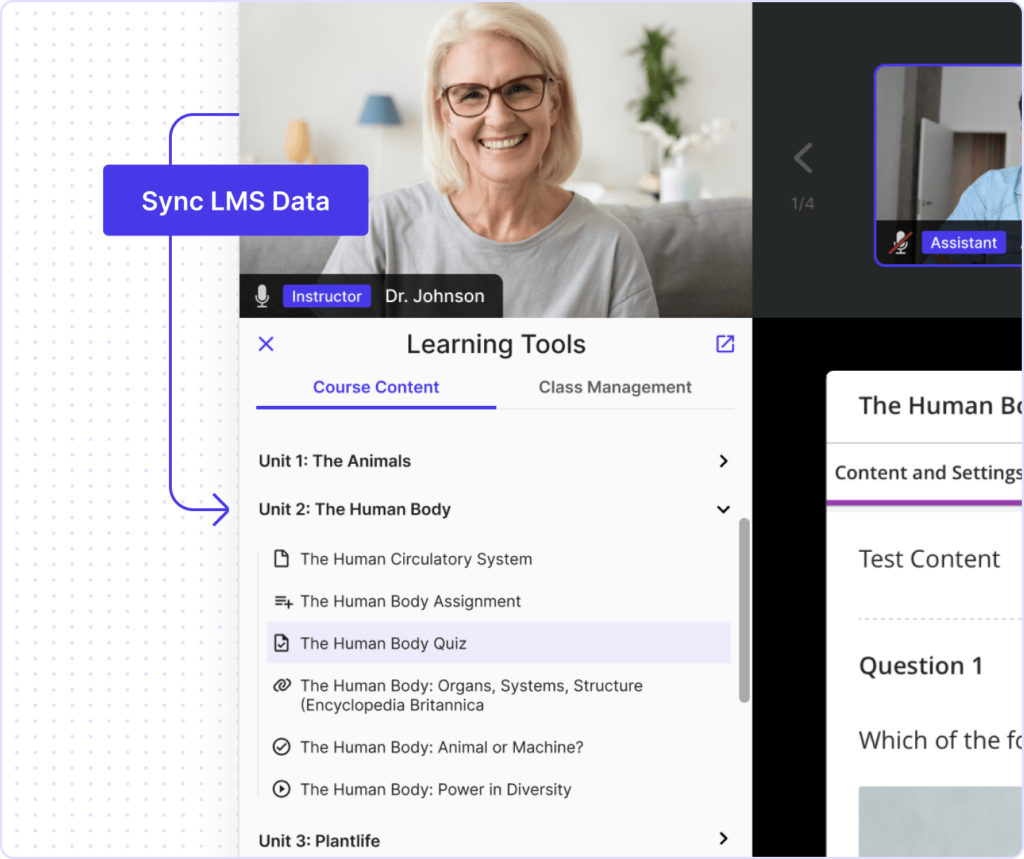
“I was really delighted at how easy it was to get [Class and Blackboard] integrated and up and running. Over 10 years, we’ve introduced a lot of tools, so I definitely have a lot of experience with not so friendly tools. It was definitely a relief on both sides for the admin integration and also for our users, our early adopters. Just really positive feedback.” recalls Jim.
 Unique features to re-engage students
Unique features to re-engage students
“On the side panel of Class by the roster, it shows you little eyeballs that tell you if a student is maybe looking not at the screen, but looking at something else. And I like this very much not to use as a punitive tool, but as a tool to say, ‘Who’s not engaged. What do I need to do to bring the class back?’,” notes Kim.
The ResultEmpowering faculty with more ways to reach more students
At GMU, the next era of online learning builds from an increasingly apparent hypothesis: the future of learning is a blend of virtual, hybrid, and HyFlex models. This multi-modal approach to learning empowers GMU and its faculty to meet more diverse needs of today’s global students, who demand digital learning options. By embracing the next generation of learning technology, GMU can ensure students and staff are equipped to succeed in the 21st century.
“Online learning and on-ground both have a very solid place in higher ed,” begins Kim. “Online learning isn’t going away. Instead, it’s augmenting the on-ground learning that’s currently happening. Now, I would say that online learning [with Class] is completely on par with an in-person learning experience and actually adds some advantages that on-ground doesn’t have.”
With Class, George Mason University is:
Centralizing learning plans and resources
“As an instructor using the tool, I love that you can upload your content ahead of time, and unlike some other tools, you can upload it for the entire semester. So you can upload video content, you can upload your tests, your PDFs, and be able to access it throughout the weeks,” says Jim.
Seamless LMS integration in under an hour
“As far as integration in the Blackboard, I believe that we had the tool configured and deployed in less than an hour. It was so seamless and turnkey,” boasts Jim.
Increasing flexibility for both staff and students
“I use Class for synchronous and asynchronous sessions. I'll record short videos of myself, and I can embed them. And it just works really, really well. I just like that I can record sessions, and then students who can't make it to the live session can attend it later,” says Kim.
Ready to see what Class can do for your organization?
